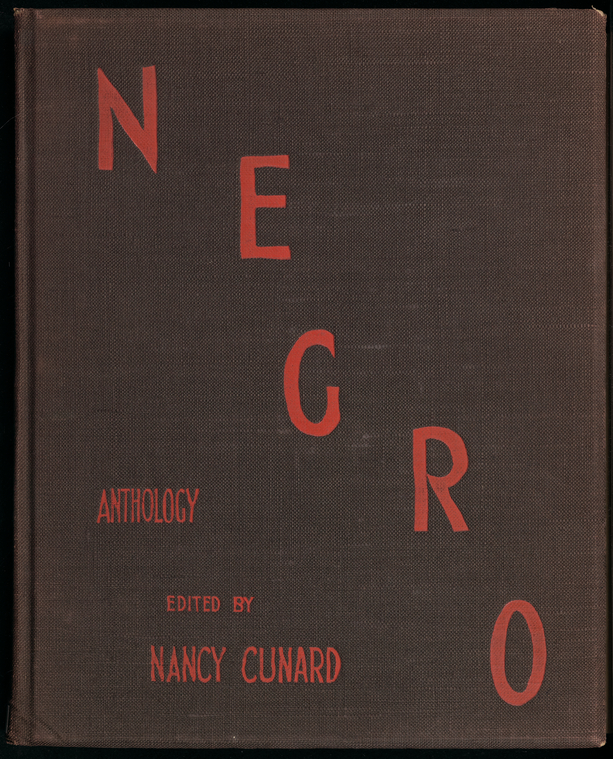The interest for African, Oceanic and North-American objects as works of arts and not “merely” as ethnographic artifacts started around 1900. As the exhibition and catalogue Picasso primitif at the Musée du Quai Branly Jacques Chirac in 2017 shows, a small group of avant-garde artists, dealers and collectors in Paris was actively looking for the “best” pieces by 1905.
Through the influence of Parisian artists and dealers, the interest had extended to Germany and to New-York by the beginning of the Great War. (See the 2012 exhibition at the Metropolitan Museum African Art, New York, and the Avant-Garde).
That interest obviously generated the first art books and exhibition catalogues on what was immediately known as art nègre, negro art or Negerkunst.
The purpose of this page is to give access to the full scans of these first texts, most of them are difficult and costly to acquire and some are so rare that most amateurs will never even see a copy of them.
As early as 1875, the famous German explorer Georg Schweinfurth 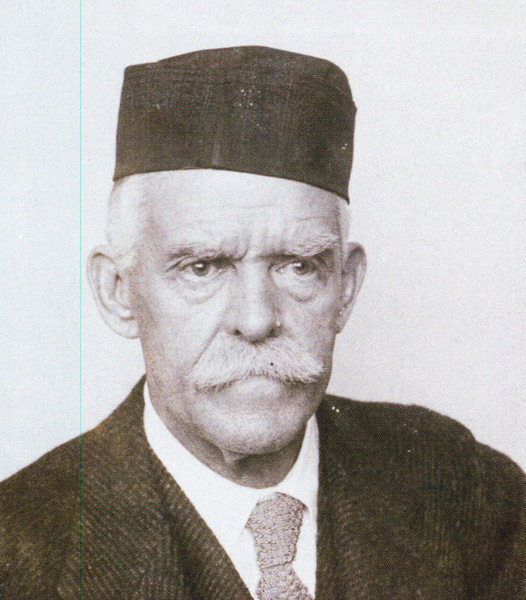 published a large folio grandly entitled Artes Africanae. This was probably
the first work solely devoted to African art and to call it as such. However, beyond the solemnity and distinction of a title in Latin, there
may be some ambiguity as the latin ars has a broader meaning than art;
it can also describe a craft or just a skill. As the text is
bilingual German and English, the translation may help us in finding out the intention of the author: the German subtitle is
Abbildungen und Beschreibungen von Erzeugnissen des Kunstfleisses centralafrikanischer Völker and the
English one Illustrations and Descriptions of Productions of the Industrial Arts of Central African Tribes.
So it is more geared towards the useful crafts than the visual arts and indeed the content (21 plates with about 20 objects on each) covers
mostly arms, ceramic, architecture, adornment … from the Dinka to the North to the Mangbetu to the South and very rarely sculpture (only Bongo
posts and Zande heads on harps), even as Schweinfurth was fully aware of the existence of such works. But one of the objectives of the author was
to show the quality of the craftsmanship of central African people before it would disappear (in 1875 !). Indeed, his thesis is that
European industrial production is so cheap that it will quickly displace the quality local production … it is just among the most secluded inhabitants … in the very heart of Africa, whither
not even the use of cotton stuffs and hardly that of glassbeads has penetrated, where we find the indigenous mechanical instinct, the delight
in the production of works of art for the embellishment and convenience of life, the delight in self-acquired property best preserved. This
copy comes from Dr. Herbert Tischner of Hamburg, known i.a. for his Das
Kultkrokodil vom Korewori
published a large folio grandly entitled Artes Africanae. This was probably
the first work solely devoted to African art and to call it as such. However, beyond the solemnity and distinction of a title in Latin, there
may be some ambiguity as the latin ars has a broader meaning than art;
it can also describe a craft or just a skill. As the text is
bilingual German and English, the translation may help us in finding out the intention of the author: the German subtitle is
Abbildungen und Beschreibungen von Erzeugnissen des Kunstfleisses centralafrikanischer Völker and the
English one Illustrations and Descriptions of Productions of the Industrial Arts of Central African Tribes.
So it is more geared towards the useful crafts than the visual arts and indeed the content (21 plates with about 20 objects on each) covers
mostly arms, ceramic, architecture, adornment … from the Dinka to the North to the Mangbetu to the South and very rarely sculpture (only Bongo
posts and Zande heads on harps), even as Schweinfurth was fully aware of the existence of such works. But one of the objectives of the author was
to show the quality of the craftsmanship of central African people before it would disappear (in 1875 !). Indeed, his thesis is that
European industrial production is so cheap that it will quickly displace the quality local production … it is just among the most secluded inhabitants … in the very heart of Africa, whither
not even the use of cotton stuffs and hardly that of glassbeads has penetrated, where we find the indigenous mechanical instinct, the delight
in the production of works of art for the embellishment and convenience of life, the delight in self-acquired property best preserved. This
copy comes from Dr. Herbert Tischner of Hamburg, known i.a. for his Das
Kultkrokodil vom Korewori
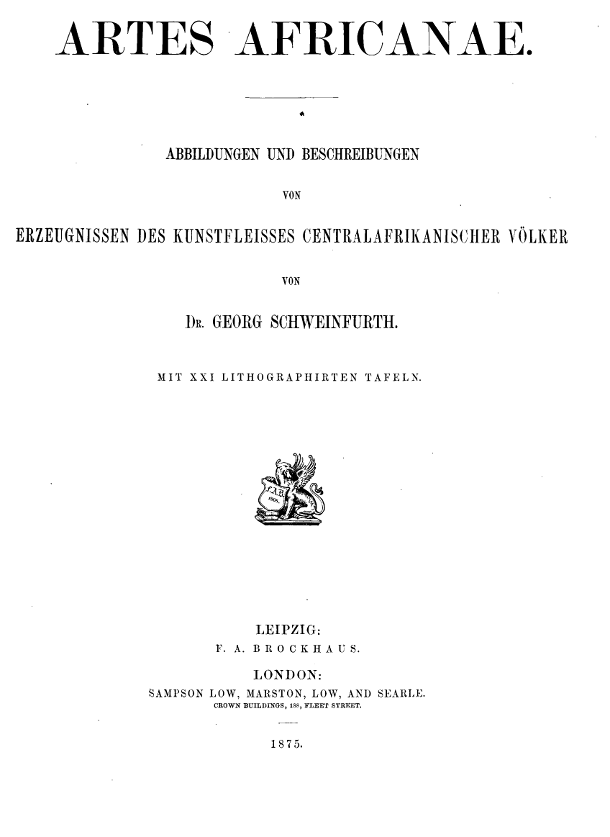
One of the rarest books of that period is the spendid Industrie des Cafres
du sud-est de l'Afrique : collection recueillie sur les lieux et notice ethnographique by Hendrik P.N. MĂĽller and Joh.N.Snelleman.
 It was published in Leyden in 1893 reportedly in only 100 copies and dedicated to Dom Carlos I, King of Portugal (probably because Hendrik
P.N. MĂĽller had commercial interests in Mozambique). The objective was to be a second Artes Africanae
for the Zulu's and the people of the Zambeze region (actually Shona's).It has 27 plates with 356 figures, many weapons but also neck-rests,
vessels, beadwork,two Transvaal figures and even plates on architecture and hairdos, all coming from public and private Dutch collections.
It was published in Leyden in 1893 reportedly in only 100 copies and dedicated to Dom Carlos I, King of Portugal (probably because Hendrik
P.N. MĂĽller had commercial interests in Mozambique). The objective was to be a second Artes Africanae
for the Zulu's and the people of the Zambeze region (actually Shona's).It has 27 plates with 356 figures, many weapons but also neck-rests,
vessels, beadwork,two Transvaal figures and even plates on architecture and hairdos, all coming from public and private Dutch collections.

The first article that I know of concerned only by African visual arts is Leo Frobenius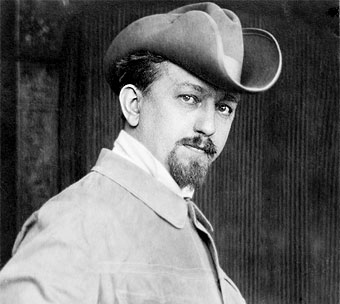 ,
Die bildende Kunst der Afrikaner (The Figurative Art of the Africans) published in 1897 in the Mittheilungen
der anthropologischen Gesellschaft in Wien. It’s a 17 pages article with 73 line drawings of cups, shields, rock paintings, a few figures
and not a single mask. It is still very much in the 19th century evolutionary mentality of a progression from the
Naturvölker to the Kulturvölker. The downloadable scan is coming from the Peabody Museum in Boston.
,
Die bildende Kunst der Afrikaner (The Figurative Art of the Africans) published in 1897 in the Mittheilungen
der anthropologischen Gesellschaft in Wien. It’s a 17 pages article with 73 line drawings of cups, shields, rock paintings, a few figures
and not a single mask. It is still very much in the 19th century evolutionary mentality of a progression from the
Naturvölker to the Kulturvölker. The downloadable scan is coming from the Peabody Museum in Boston.
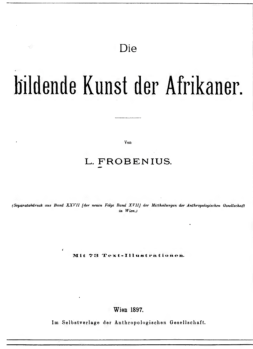
At the same time, the large museums were describing systematically their collections and publishing the results, unfortunately often with no or few illustrations. Nevertheless, this would be central for the latter classification and understanding of artworks. The most remarkable work of the time is probably the Notes analytiques sur les collections ethnographiques du Musée du Congo in Tervuren (Belgium) as stated in the introduction The Governement of the Congo State, wishing to facilitate the research and study of comparative ethnography, has decided to publish illustrated notes on all the objects, numbering close to eight thousand, that presently make up the ethnographic collection of the Museum of Tervuren. That unfinished work extended into the late 30’s but I am giving you here access to the first two volumes collated by E. COART and A. de HAULLEVILLE in 1902 and 1906 respectively on music and on art and religion. This copy is coming from the Bibliothèque Nationale de France.
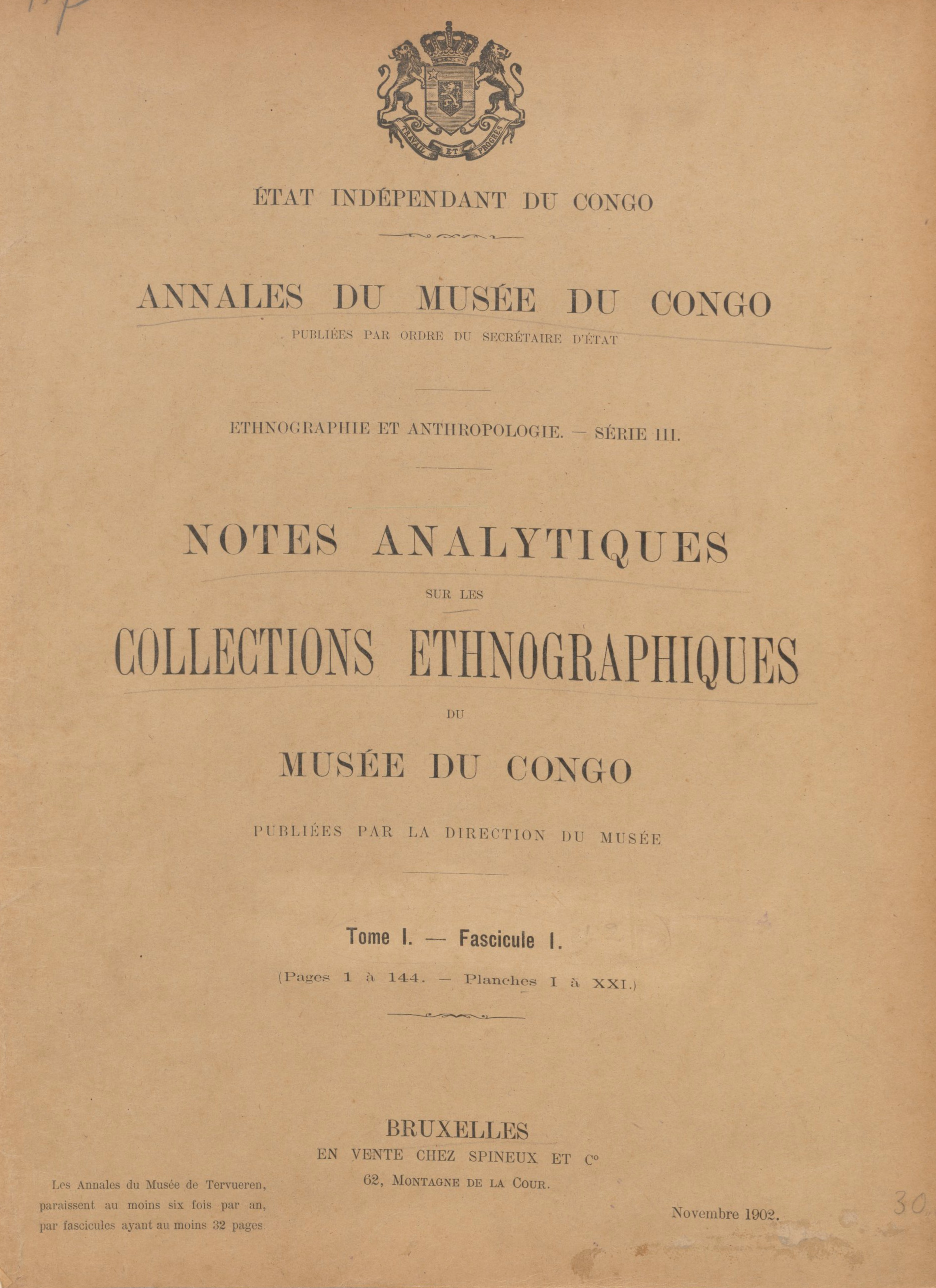
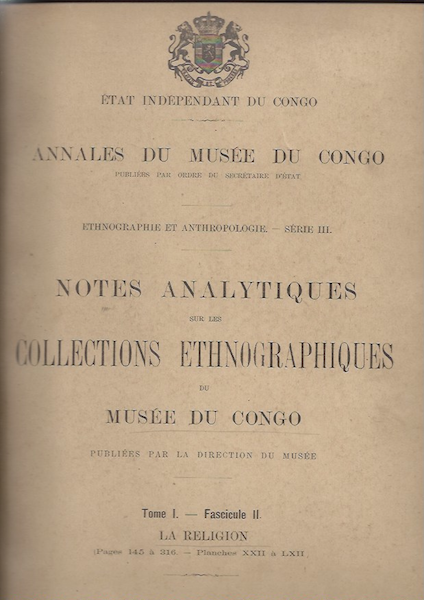
I am also giving access to the 1910 version of the extensive Handbook to the Ethnographical Collections of the British Museum written by Charles Reed, keeper of that department. This copy is coming from the Central Archeological Library of New Delhi, of all places, and is complete with 10 plates, 275 illustrations and the finger of the employee doing the scanning.
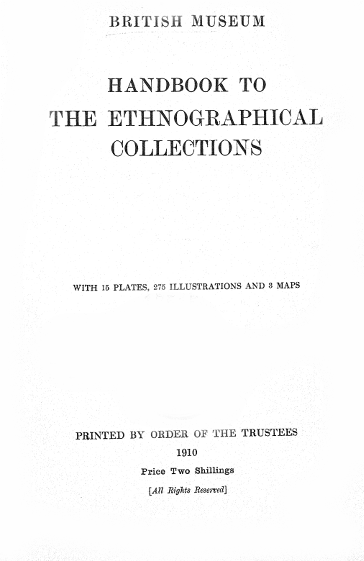
Finally, I have the Führer durch das Museum für Völkerkunde of Berlin , this being the seventh edition (!) published in 1898. It is especially rich for the pre-Columbian part but, unfortunately, hasn’t got any illustration. A copy from the University of Michigan.

At the same time, a few dealers started to be active in ethnographical artifacts, without qualifying them as "art". Foremost amongst them was
W.D. Webster 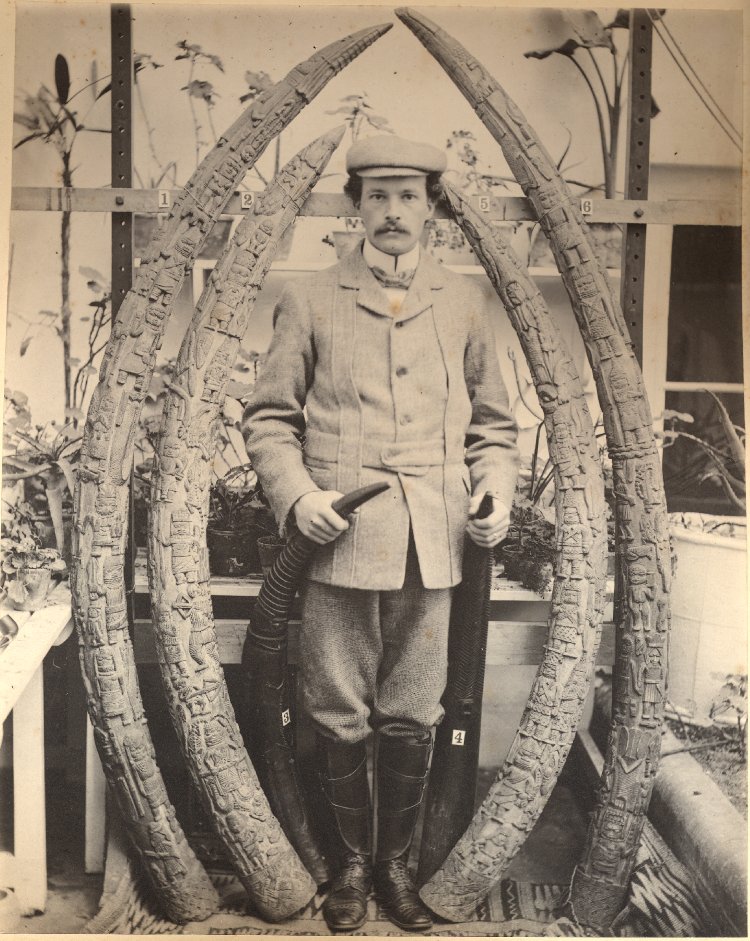 because he systematically published catalogues
of his stock, 31 of them from 1895 till 1901, first with drawings then with photographs. Many objects were weapons from all over the world
but he is remembered for having assembled an extensive collection of Benin ivory and bronze material
which he had bought from various members of the Benin Punitive Expedition of 1897. Hermione Waterfield and J.C.H. King published his biography in
their
Provenance : Twelve Collectors of Ethnographic Art in England 1760-1990. We owe the scans of the catalogues to the Wellcome Institute
in London.
because he systematically published catalogues
of his stock, 31 of them from 1895 till 1901, first with drawings then with photographs. Many objects were weapons from all over the world
but he is remembered for having assembled an extensive collection of Benin ivory and bronze material
which he had bought from various members of the Benin Punitive Expedition of 1897. Hermione Waterfield and J.C.H. King published his biography in
their
Provenance : Twelve Collectors of Ethnographic Art in England 1760-1990. We owe the scans of the catalogues to the Wellcome Institute
in London.
The authors of the Picasso primitive catalogue state that the art critic André Warnod was the first to use the expression “art nègre” in a publication, being a short article entitled L’art nègre in the January 2nd 1912 edition of the Comœdia newspaper devoted to the theatre and art life of Paris. I am doubtful of that as he uses the term as self-evident for his readers. Also, he makes this, in hindsight, extraordinary remark Some people are passionate about this negro art and collect all the forms of it that they can find. These pieces are pretty rare, as today it is close to impossible to acquire new ones. Anyway, the tone of the article is totally opposed to the pseudo-scientific and racially biased writings of previous years as it starts with a kind of manifesto It could well be that some day, maybe soon, maybe even before the end of this year that has just started, people will discover negro statuary and that, for the generations coming after ours, a work from the old Sudan would be considered like these indisputable masterworks, a bit like the Venus of Milo or the Victory of Samothrace or even like the Joconde are for us. Here is the scan of the whole edition of this newspaper, full of news on the beautiful actresses of the day; the Warnod article is at the bottom of page 3 together with a Baule mask, a Baule figure and a Fang head.
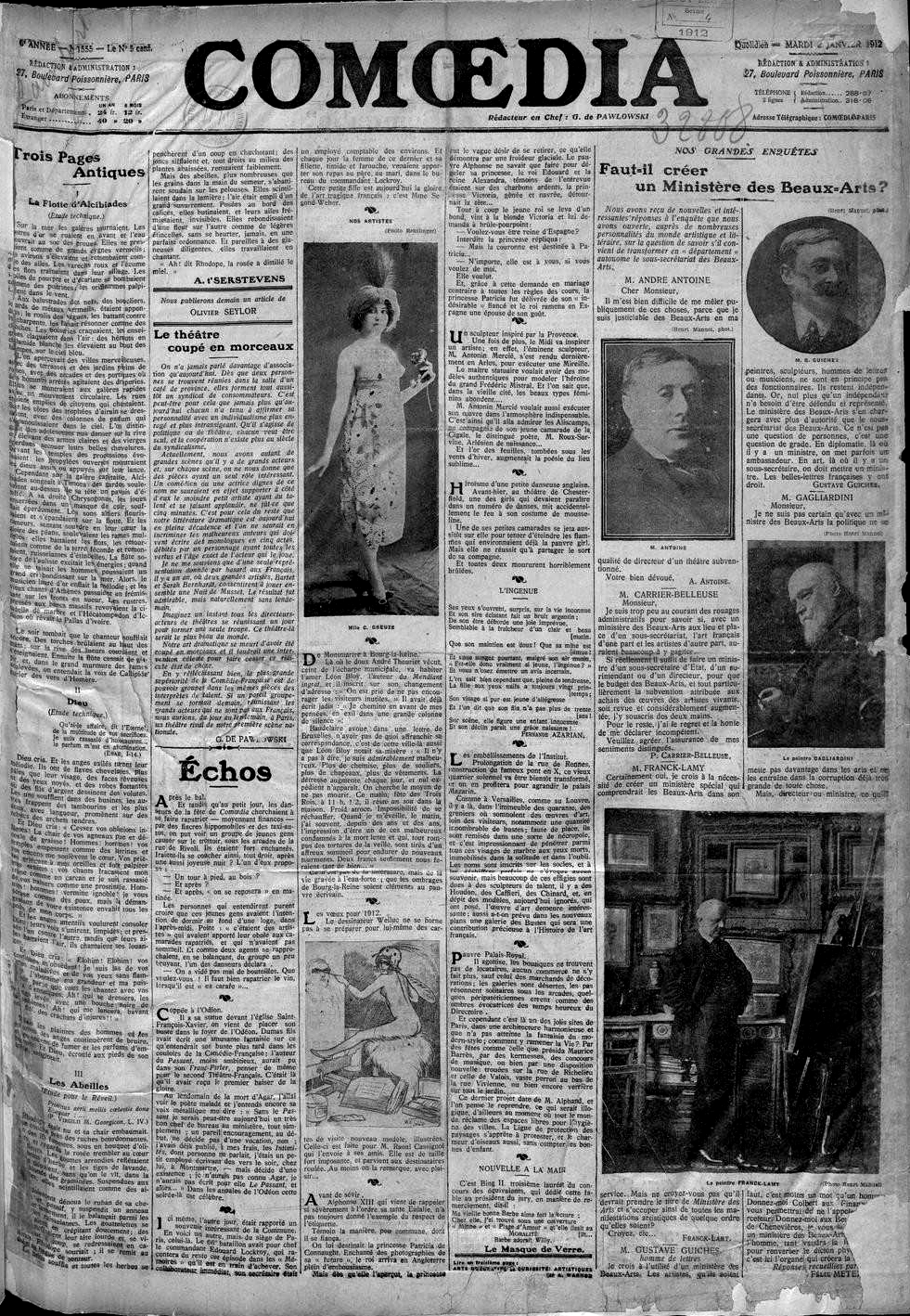
During the year 1913, a Latvian avant-garde artist and theorist of modernism and primitivism, Voldemärs Matvejs, writing under his Russian
name Vladimir Markov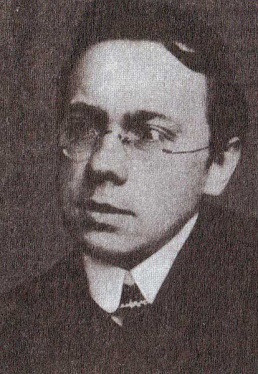 , visited the ethnographic museums of Kristiania, Copenhagen, Hamburg, London, Paris, Cologne, Brussels, Leiden, Amsterdam,
Leipzig, Berlin and St. Petersburg to take innovative photographs of African sculpture. In 1914, he used them for his ground-breaking
Isskustvo Negrov (Negro Art) which starts with the words
Africa is a land rich in art. He died prematurely of peritonis immediately afterwards, then
came the war and the revolution and it wasn’t till 1919 that his travel companion, Varvara Bubnova, could have it published by the Fine Arts
Department of the People’s Commissariat for Education. This is the first work that look at African art solely from an aesthetical point of
view, searching for a new, or renewed, visual language. Even if 3000 copies were printed, the language and political barriers meant that this
work wasn’t very well known till recently when it has been published in French
in 2006 and finally in English in 2015 with a collection of essays
HOWARD, Jeremy, Irēna BUŽINSKA and Z.S. STROTHER, Vladimir Markov and Russian Primitivism: A Charter for the Avant-Garde. The scan is
of a copy in bad state from a Soviet museum, acquired by Alfred A. Barr jr. who probably gave it to the Metropolitan Museum of Art.
, visited the ethnographic museums of Kristiania, Copenhagen, Hamburg, London, Paris, Cologne, Brussels, Leiden, Amsterdam,
Leipzig, Berlin and St. Petersburg to take innovative photographs of African sculpture. In 1914, he used them for his ground-breaking
Isskustvo Negrov (Negro Art) which starts with the words
Africa is a land rich in art. He died prematurely of peritonis immediately afterwards, then
came the war and the revolution and it wasn’t till 1919 that his travel companion, Varvara Bubnova, could have it published by the Fine Arts
Department of the People’s Commissariat for Education. This is the first work that look at African art solely from an aesthetical point of
view, searching for a new, or renewed, visual language. Even if 3000 copies were printed, the language and political barriers meant that this
work wasn’t very well known till recently when it has been published in French
in 2006 and finally in English in 2015 with a collection of essays
HOWARD, Jeremy, Irēna BUŽINSKA and Z.S. STROTHER, Vladimir Markov and Russian Primitivism: A Charter for the Avant-Garde. The scan is
of a copy in bad state from a Soviet museum, acquired by Alfred A. Barr jr. who probably gave it to the Metropolitan Museum of Art.
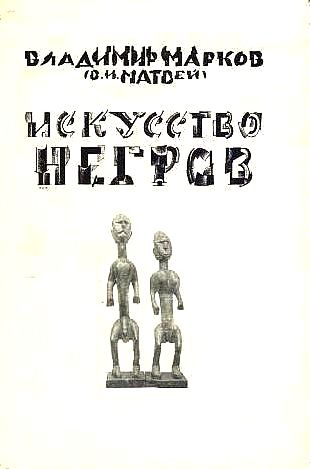
Then came Carl Einstein ! Vladimir Markov had few connections in the Western art world and had had no time or opportunity to visit private
collections. Carl Einstein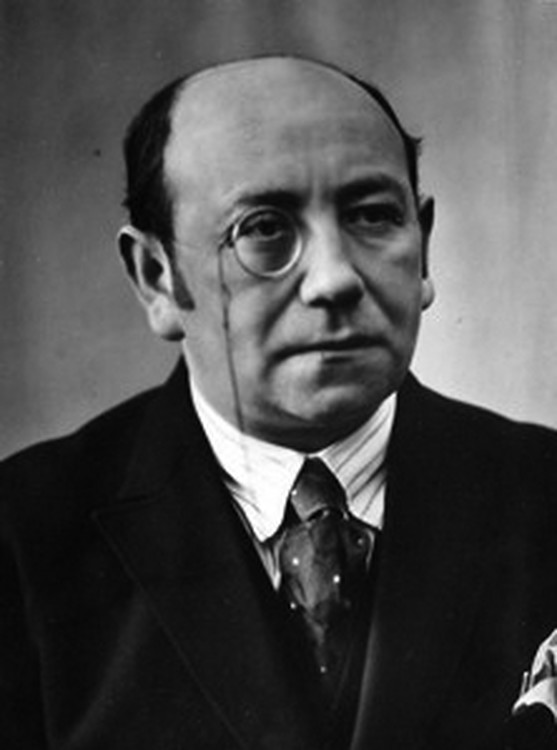 , a German art critic, was involved in the Parisian artistic circles since 1907. In 1915, while recovering in
Brussels from war wounds, he published his Negerplastik, which
was immediately hailed as a revolutionary work. It included 119 illustrations of works mostly from private Parisian collections (The book was
probably financed by dealer Joseph Brummer, who had 13 works included) without a single description or comment. Carl Einstein thought that
the ethnographical science was still so uninformed that any attribution was useless. Anyway, his interest was in the formal aspect of the
sculptures and their relations with the cubist way of representing the world, which didn’t prevent him from making general statements about
the supposed religious values of those works ! Negerplastik was published again
in 1920. I am posting scans of both editions, coming from the Museum of African Art, Washington DC. In a 1985 special issue of
Critica d’Arte,the text has been translated in Italian with comments and Ezzio Bassani has attributed the photographs to their right
ethnic group and retraced many of the works. This was then republished in
2009, in time for an exhibition in the Centro d’Arte Reina Sofia in Madrid
La InvenciĂłn del siglo XX. Carl Einstein y las avanguardias including about 40 African sculptures published in
Negerplastik. In the meantime, that book had been translated
in French in 2000,
in Spanish in 2002 and reedited
in German in 1992
, a German art critic, was involved in the Parisian artistic circles since 1907. In 1915, while recovering in
Brussels from war wounds, he published his Negerplastik, which
was immediately hailed as a revolutionary work. It included 119 illustrations of works mostly from private Parisian collections (The book was
probably financed by dealer Joseph Brummer, who had 13 works included) without a single description or comment. Carl Einstein thought that
the ethnographical science was still so uninformed that any attribution was useless. Anyway, his interest was in the formal aspect of the
sculptures and their relations with the cubist way of representing the world, which didn’t prevent him from making general statements about
the supposed religious values of those works ! Negerplastik was published again
in 1920. I am posting scans of both editions, coming from the Museum of African Art, Washington DC. In a 1985 special issue of
Critica d’Arte,the text has been translated in Italian with comments and Ezzio Bassani has attributed the photographs to their right
ethnic group and retraced many of the works. This was then republished in
2009, in time for an exhibition in the Centro d’Arte Reina Sofia in Madrid
La InvenciĂłn del siglo XX. Carl Einstein y las avanguardias including about 40 African sculptures published in
Negerplastik. In the meantime, that book had been translated
in French in 2000,
in Spanish in 2002 and reedited
in German in 1992

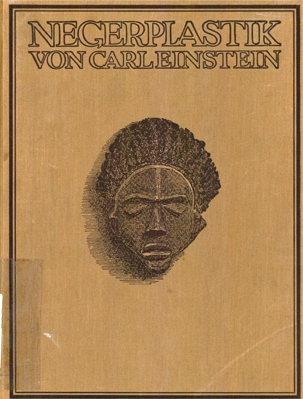
By that time, an art market had been established in Paris, Berlin and New-York and Paul Guillaume 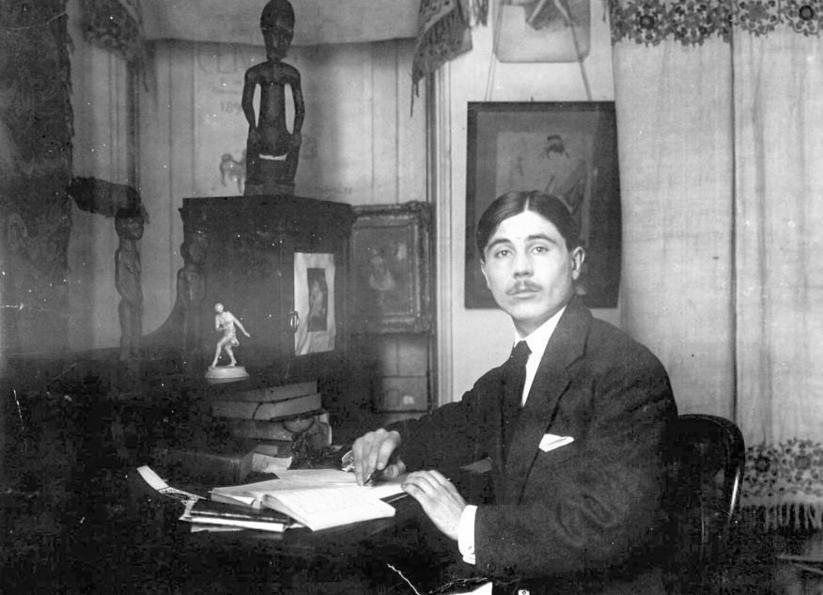 was among the first dedicated “mélanophiles” (“lovers of black things”) as they jokingly described themselves. Paul Guillaume was a garage clerk
who had begun by selling African sculptures to poet Guillaume Apollinaire. Apollinaire pushed him to become a full-time dealer and he went on
to become one of the foremost ones in modern art. In 1917, he exhibited African works and published a catalogue of 24 photographs,
Sculptures nègres, with a warning by Apollinaire who recognizes the interest of museums and collectors for African and Oceanic works of
art but, like Carl Einstein, deplores that the state of the ethnographic science doesn’t allow to make a critical presentation. That
Sculptures Nègres catalogue is extremely rare, with only 63 copies ! One copy was sold by
Sotheby’s for 45,000 EUR in 2016 but, on this page, you get for free the scan of Apollinaire’s
was among the first dedicated “mélanophiles” (“lovers of black things”) as they jokingly described themselves. Paul Guillaume was a garage clerk
who had begun by selling African sculptures to poet Guillaume Apollinaire. Apollinaire pushed him to become a full-time dealer and he went on
to become one of the foremost ones in modern art. In 1917, he exhibited African works and published a catalogue of 24 photographs,
Sculptures nègres, with a warning by Apollinaire who recognizes the interest of museums and collectors for African and Oceanic works of
art but, like Carl Einstein, deplores that the state of the ethnographic science doesn’t allow to make a critical presentation. That
Sculptures Nègres catalogue is extremely rare, with only 63 copies ! One copy was sold by
Sotheby’s for 45,000 EUR in 2016 but, on this page, you get for free the scan of Apollinaire’s 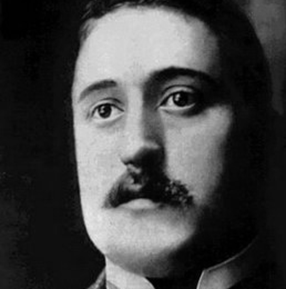 own copy with a dedication by Guillaume to “his master in melanophily”, now in the Bibliothèque Historique de la Ville de Paris.
own copy with a dedication by Guillaume to “his master in melanophily”, now in the Bibliothèque Historique de la Ville de Paris.
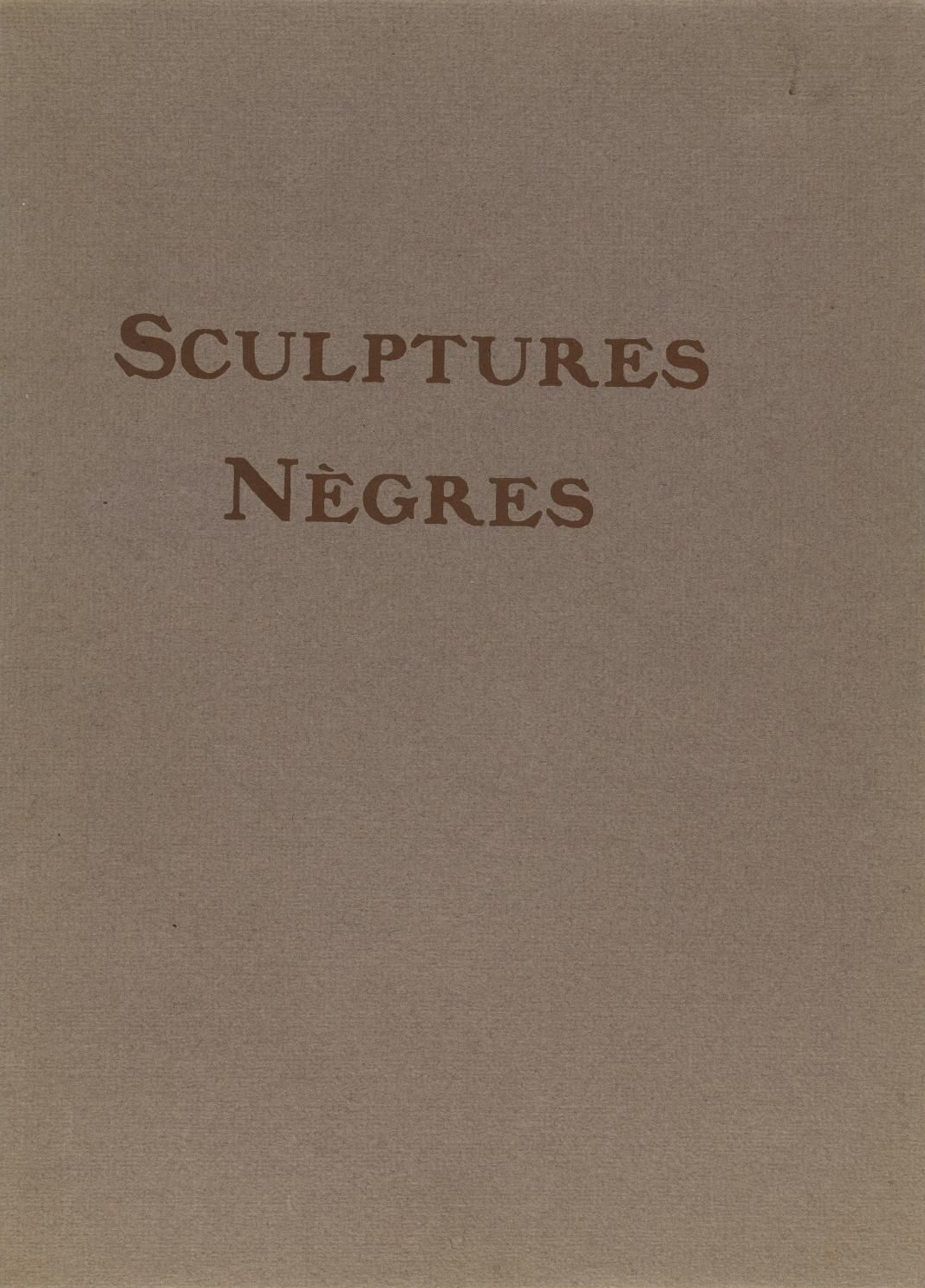
Even rarer (only 22 copies !!) is the booklet produced by New-York collector Marius de Zayas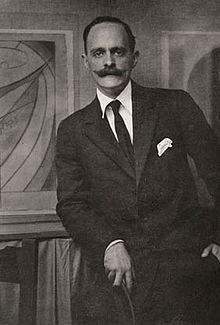 with 20 photographs by Charles Sheeler, entitled
African Negro Wood Sculpture. Here is the copy of the Museum of Primitive Art (now Metropolitan Museum of Art), lacking three pictures.
with 20 photographs by Charles Sheeler, entitled
African Negro Wood Sculpture. Here is the copy of the Museum of Primitive Art (now Metropolitan Museum of Art), lacking three pictures.
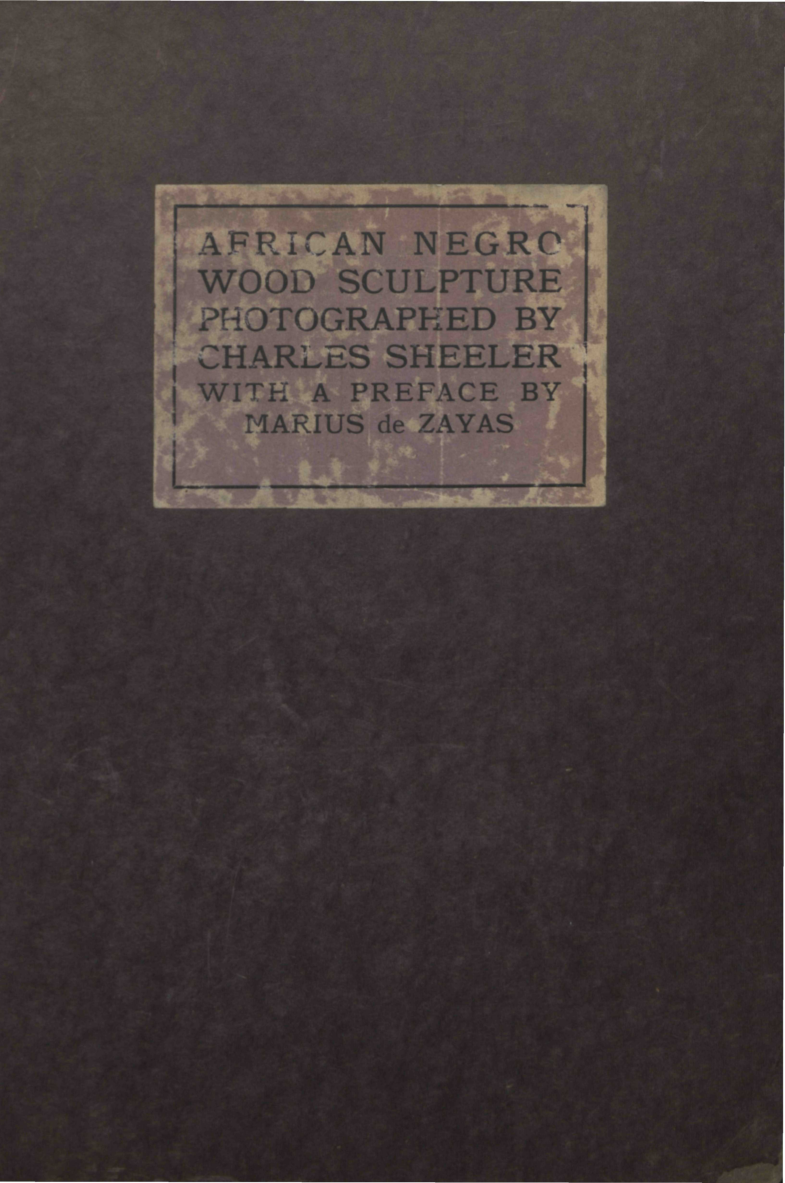
By then, the time was ripe for African art to reach a wider audience and, in 1919, art historian Henri Clouzot and modern art collector André Level published their L’art nègre et l’art océanien, a first textbook with 40 plates. It then quickly became a popular genre, with a rapidly increasing number of publications in all European languages. We owe this copy to the University of Toronto.
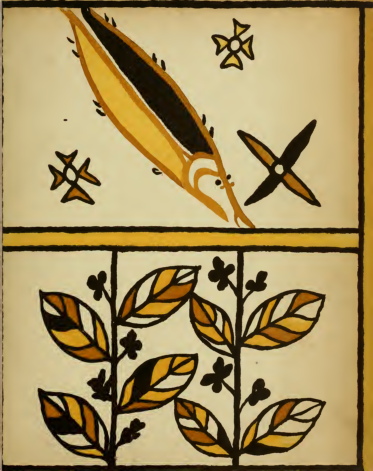
And in 1920, the views on African and Oceanic art had evolved so much that the new Parisian magazine Bulletin de la vie artistique, published by gallerist Bernheim-Jeune and edited by Félix Fénéon, took of survey of 20 figures of the art world entitled Enquête sur les arts lointains: Seront-ils admis au Louvre? We all know, in the meantime, how long it took to get a final answer to that question !
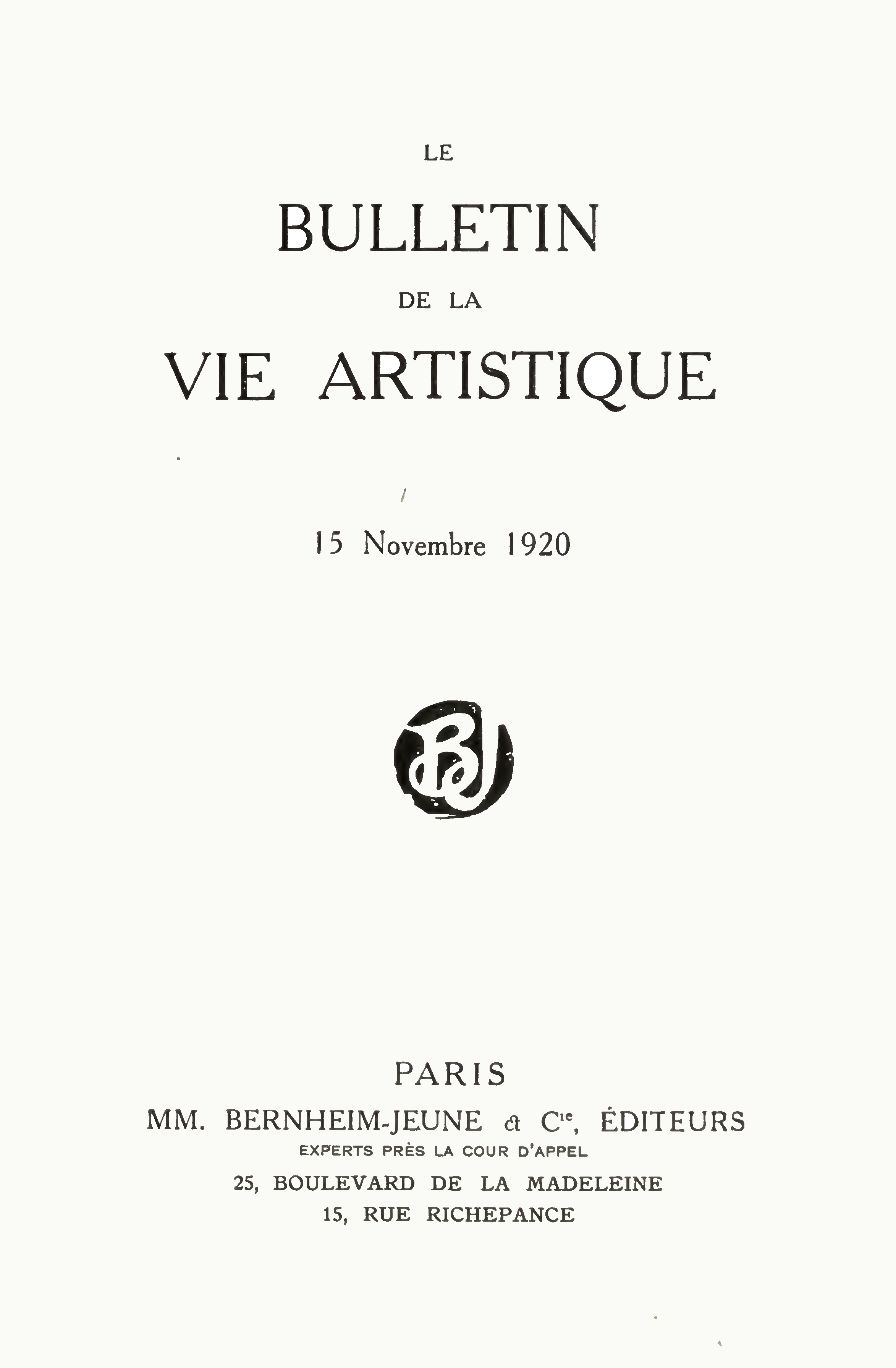
From that time on, the number of publications and exhibitions increased tremendously and the topic became progressively mainstream.
A noteworthy publication of 1934 is the famous Negro Anthology edited by Nancy Cunard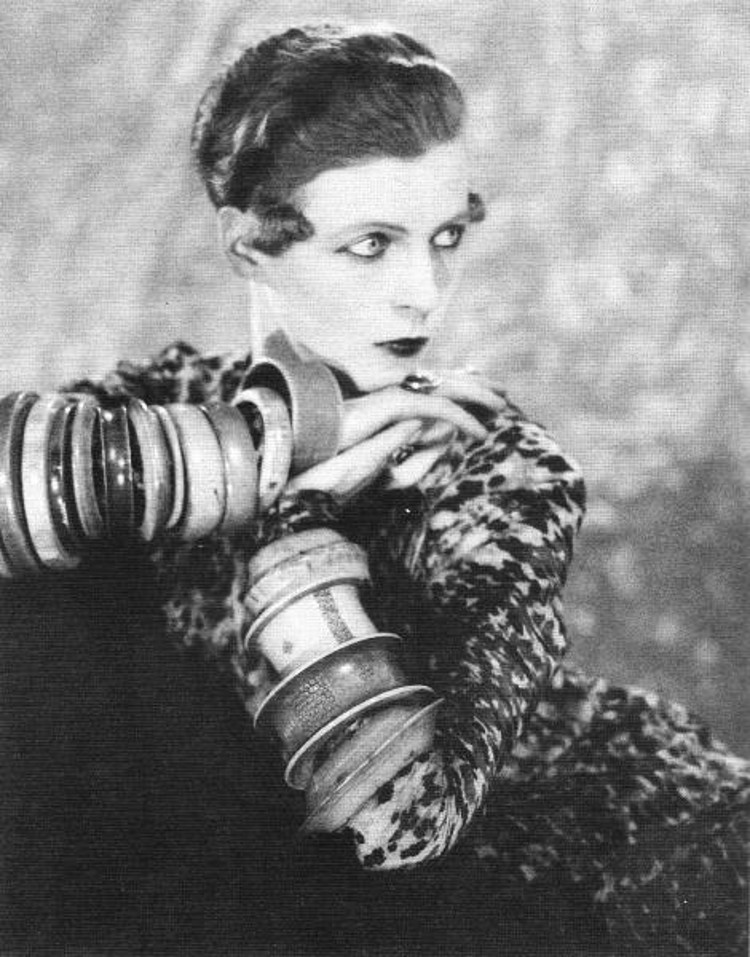 , heiress to the eponymous shipping line, author and anti-fascist activist.
Most of this huge volume is devoted to the fate of the African-American and to the Harlem Renaissance; the part on traditional African art starts on
page 655.
, heiress to the eponymous shipping line, author and anti-fascist activist.
Most of this huge volume is devoted to the fate of the African-American and to the Harlem Renaissance; the part on traditional African art starts on
page 655.
